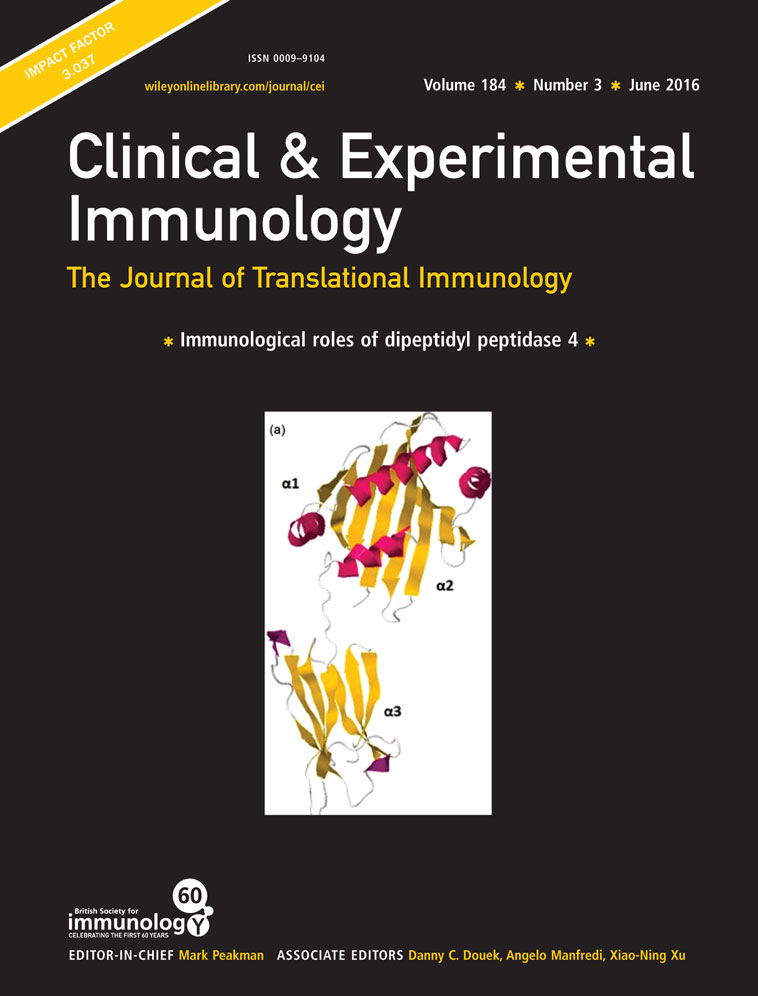Helicobacter pylori infection in patients with selective immunoglobulin a deficiency
Summary
Selective immunoglobulin A (IgA) deficiency (IgAD) is the most common primary immunodeficiency in the western world. The aim of the study was to investigate the prevalence and clinical characteristics of Helicobacter pylori-infected dyspeptic patients with IgAD. Case samples were drawn from all subjects ≥ 12 years of age (n = 104729) who had undergone serum total IgA measurements during 2004–14 for any reason at Leumit Healthcare Services (Israel) and had serum total IgA < 0·07 g/l. The control group was comprised of a random sample of remaining patients with a case–control ratio of 10 controls for each case. The dyspeptic diseases were identified and retrieved from Leumit Health Care Services electronic database using specific ICD-9-CM diagnostic codes. The case group included 347 subjects and the control group 3470 subjects. There were no significant differences in the prevalence of patients with dyspepsia [84 (24·2%) versus 821 (23·6%) for cases and controls, respectively]. Additionally, there was no difference in a proportion of dyspeptic H. pylori-positive subjects [59 (17·1%) versus 524 (15·1%)] between the case and control groups. Only 59 (17%) among the 347 IgAD patients underwent gastroscopy. A significantly larger proportion of case subjects experienced several forms of gastritis [13 (61·9%) versus 38 (21·6%), P < 0·001), duodenal ulcers [seven (33·3%) versus 19 (10·8%); P = 0·01] and nodular lymphoid hyperplasia (NLH) [two (9·5%) versus none; P = 0·011]. IgAD is not associated with increased prevalence of H. pylori-associated dyspepsia; nevertheless, H. pylori-infected dyspeptic IgAD subjects experience more EGD-proved gastritis, duodenal ulcers and NLH.




